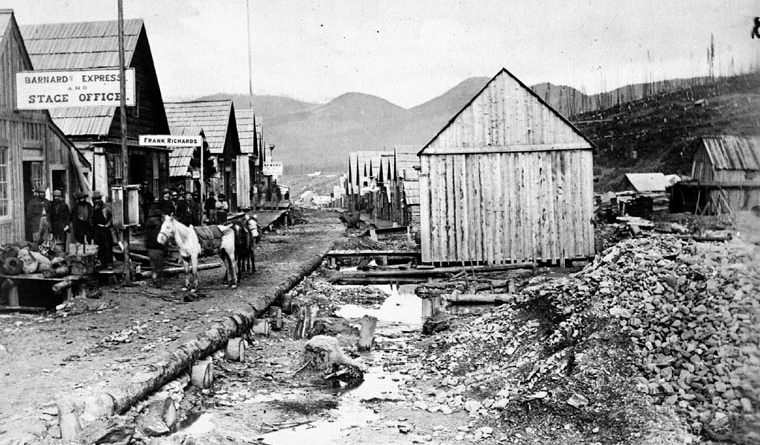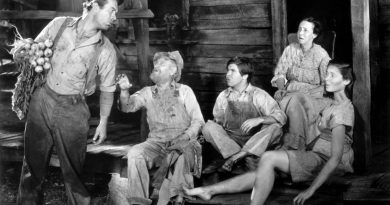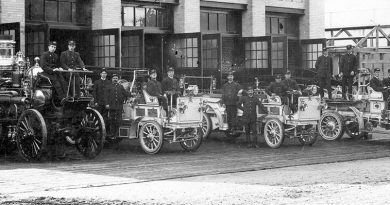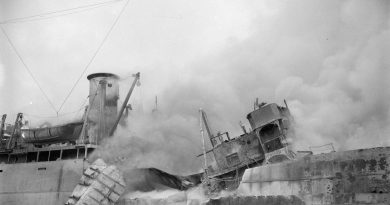The Klondike Gold Rush
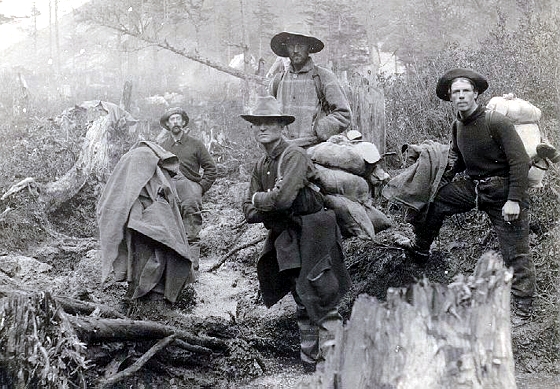
I’ve been working on some research for the Association for Mining Exploration British Columbia (AME BC), and came across a book by Ernest Ingersoll (1852-1946) titled Gold Fields of the Klondike. It’s a fine little book, originally published in 1897 as Gold Fields of the Klondike and the Wonders of Alaska, and brought out in 1981 in an abridged edition with the shorter title by a Langley, BC publisher named Mr. Paperback. Its 128 illustrated pages are packed with information aimed at goldseekers headed for the Klondike—which in this case took in the Yukon and Alaska. One contemporary reviewer described it as “a masterly and fascinating description of the newly-discovered gold mines, how they were found, how worked, what fortunes have been made, the extent and richness of the gold fields, how to get there, outfit required, climate, the natives . . .” I concur heartily. It was written while the Klondike gold rush was happening, so it’s lively and immediate. It’s also very well written.
Among the interesting facts: some native porters nonchalantly carried weights of well over 150 pounds, and one native man carried a 220-pound organ on his back over the mountains. Men would leave their belongings beside the trails that led to the goldfields, to be retrieved later, confident they would not be stolen. But conditions were different once on the claims, and your gold might be taken by “midnight miners.”
Ingersoll describes the proper way to shoot a dog, if you must, to avoid starvation. He tells a funny story of a man who used a moose to pull his goods, and what happened when a “tenderfoot” shot the moose, thinking it was wild. And there’s a wonderful tale of a prospector, whose backpack contained explosives, who stopped for a rest, unaware that the rays of the sun were being concentrated by a magnifying glass stuck into his backpack. He smelled smoke, realized the pack was on fire, and tore it off to throw it aside as he ran. The explosives went off, and the miner crept back to discover that the blast had exposed a vein of gold . . . that made him rich!

